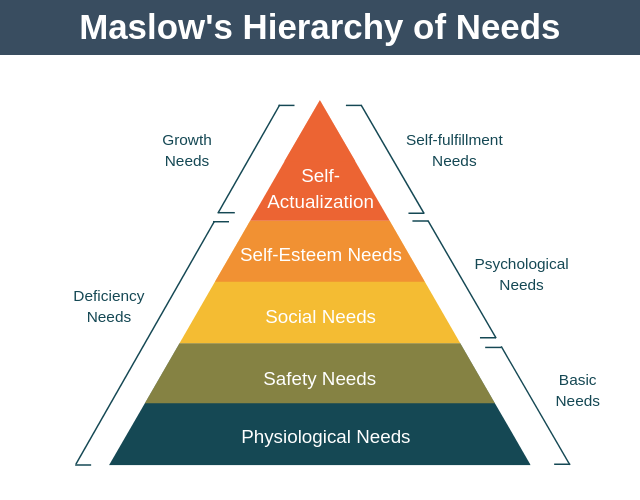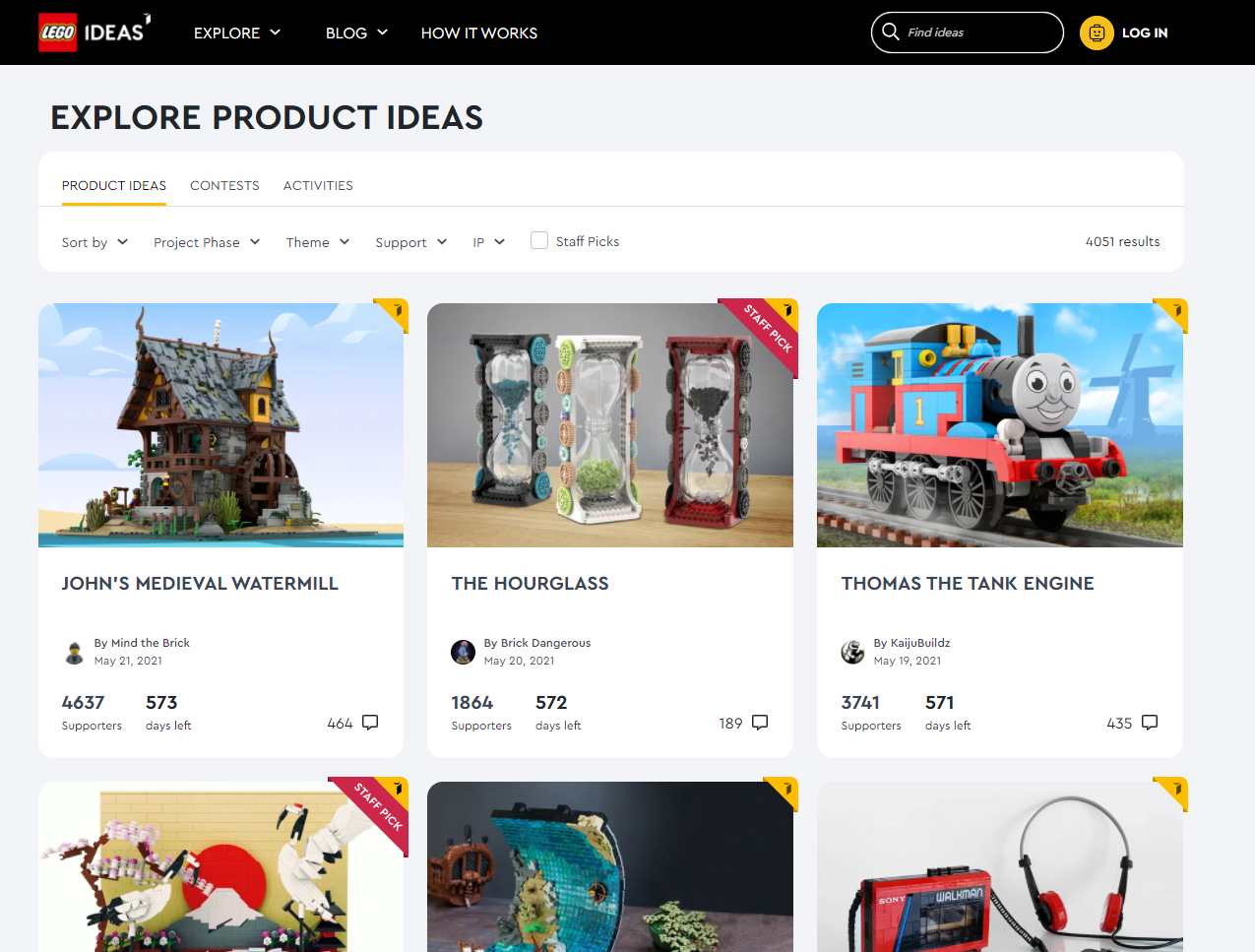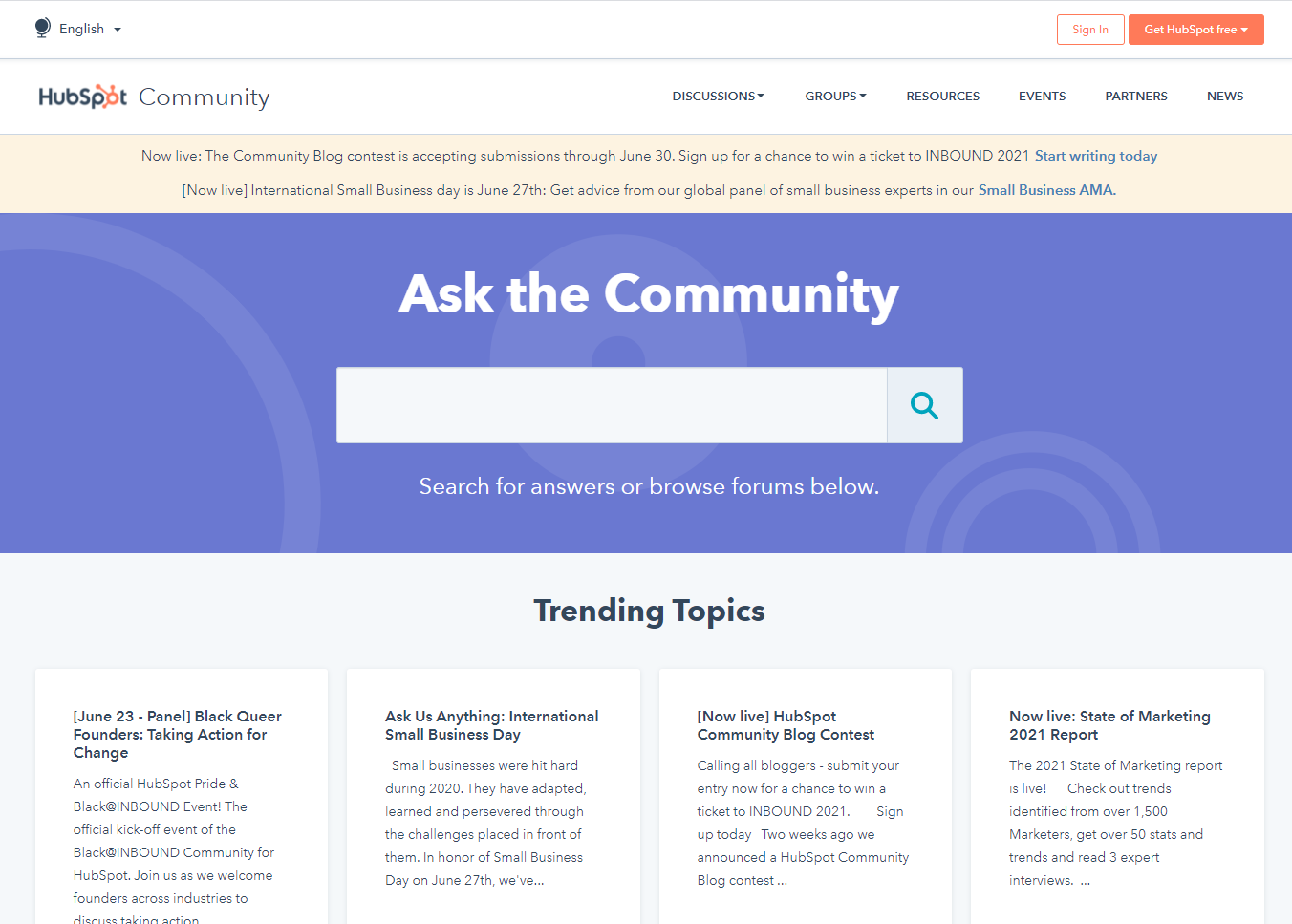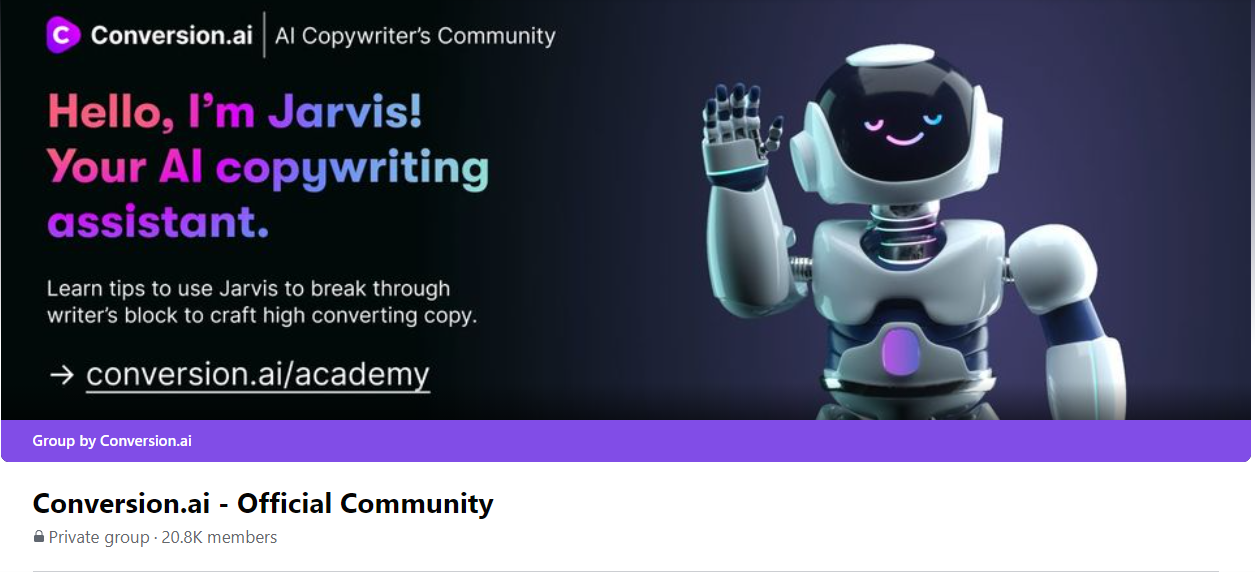Put your growth on autopilot
GrowSurf is modern referral program software that helps product and marketing teams launch an in-product customer referral program in days, not weeks. Start your free trial today.
The final of Dr Robert Cialdini’s Principles of Persuasion, the Principle of Unity was actually a later edition to the original 6. In his original book, Persuasion, Cialdini explained the core principles of persuasion marketing; Reciprocity, Commitment and Consistency, Social Proof, Liking, Authority and Scarcity. Some 30 years later, the good doctor wrote a new book, Pre-Suasion, and explored the concept of a 7th principle: the Unity Principle.
The unity principle is based on the concept that people, by human nature, like to be included in groups, belong to something and share a common identity with others. Those who are interested in human psychology will have heard of Maslow's infamous hierarchy of needs. Abraham Maslow, back in 1943, wrote a paper examining the concepts and needs that motivated humans in certain ways, aptly named “A theory of Human Motivation.” In this paper, Maslow created a pyramid of needs that starts with physiological needs such as food, water, warmth etc, stepping up to a pinnacle called Self-Actualization whereby the human in question is satisfying their self-fulfillment.

Source: Wikimedia Commons
The unity principle falls into the middle tier known as the Social Needs tier. Here we focus on the feeling of love and belonging, where humans search out friendship, family and sexual intimacy. We are more susceptible to marketing attempts when we are part of, or we feel that we belong to, a group.
Picture yourself out for drinks with friends. Someone brings along someone new and you discover that you went to the same college or university, or you grew up in the same town, or you support the same football team. This connection, even though you’ve never met before, creates instant rapport. Should that person then go on to try and persuade you towards a way of thinking, you’re far more susceptible to them.
“It’s about the categories that individuals use to define themselves and their groups, such as race, ethnicity, nationality, and family, as well as political and religious affiliations.
A key characteristic of these categories is that their members tend to feel at one with, merged with, the others. They are the categories in which the conduct one member influences the self-esteem of other members. Simply put, we is the shared me.” Dr Robert Cialdini
When applied in marketing, unity can be extremely effective in increasing conversion rates, bringing more followers to your cause and selling more products.
The most powerful and effective way to use the unity principle in business is community building.
There’s no community without unity.
Community-driven marketing encapsulates the unity principle. You’re looking to create, develop and foster a community with the aim of marketing to them or bringing more awareness to your brand at the very least.
Nowadays people aren’t just seeking a great product, instead they are seeking a higher level of connection. That might be to the brand providing the product or service or it might be to the other users of the product. Regardless of what connection they are seeking, the common thread here is wanting to find a human connection. And this isn’t a connection that can be faked, so don’t think that simply buying an influencer’s time on social media will automatically create that connection. In fact, it may well do the complete opposite, after all only 4% of people genuinely trust social media influencers.
Community is defined by 3 key indicators:
A Similar Mindset - Those who are part of the community are of the same thoughts and mind, they connect in this way and can see themselves as different or unusual compared to those outside the community.
Traditions and Rituals - We don’t mean chanting in circles and sacrifices here. Instead, there are particular routines and methods that those in the community follow and these actions often grow as the community itself does.
Service to Each Other - Community members look to help, aid and serve each other within the community. This is often seen on a moral and personal level. They’ll also look to refer you to products and services that worked for them.
Community marketing is when a brand connects with a specific community to share knowledge, share values, communicate and share meaning. Brands shouldn’t feel that these communities need to be created from scratch, rather they should consider whether partnering with established groups might work for them. Regardless of the approach you choose, the unity principle and community marketing both rely on conversations to drive results.

This isn’t a quick fix marketing strategy, but rather one that takes time to develop over the long term. Relationships are what really drive community marketing and any good relationship takes time and effort to cultivate. Over time, you’ll eventually have real people wanting to work with you and your brand to grow your community. These brand evangelists, essentially, become part of your marketing team and strategy. They’ll champion your brand, they’ll tell others about you and they’ll help you grow.
“Unity means that we want to say ‘yes’ to people with whom we share an identity more often than to people who are not part of this group.
To persuade people, you can appeal to a number of common characteristics with regard to identity.
If an identity like this is genuine and recognizable, you will have a greater chance of receiving a positive response to proposals or recommendations.”
Dr. Robert Cialdini shared these findings in an interview with AGConsult.
When reading these words from Cialdini, you’ll notice the theme of transparency appearing. In order to create a genuine sense of unity, you’ll need to be completely transparent with your users. People join communities based on trust. Trust is hard to build but one way to do so is to lay your cards on the table and explain your aims and purpose clearly and transparently. This is also true for the communication and messages that your company is sharing.
One of the best ways to build transparency is through your digital strategy. Using your platforms, you want to do two core things; share information openly and regularly, and enable your followers to have their voice heard.
Now we don’t necessarily mean that you should be writing thank you cards after every sale (although why not? That’s a nice thing to do!) but this should be seen as the norm in your language and your actions.
There are multiple ways for you to express gratitude to your community, and therefore show that you appreciate them. Some forms are as simple as giving them access to special, community member only areas or discounts. You might consider running community focused events that are only available to them as a way to thank them for their custom and support. However you do it, make sure that you do so publicly and frequently. Simply letting people know that you appreciate and are grateful for them goes a long way.
When building a community remember that people just want to have fun most of the time. If you build a community that is focused purely on sales and products then you’ll likely have a dead community after a short period of time. Rather build the community on common feelings and have a sense of humor about it. It might be that you attempt to create some memes, foster opportunities for people to talk about anything else not necessarily related to work and encourage people to let off steam.
If people are put into positions where they feel they can relax, let their guard down and have some fun then they’re far more likely to remain a part of the community going forward.
There are a great number of community marketing examples which have proven the unity principle through their design:
Lego Ideas is a superb example of a thriving community. Lego, by its design and nature, encourages creativity and new ideas. So Lego decided to leverage this to their advantage and create a marketing community out of it. The concept is simple: users (many of whom are already Lego evangelists) create designs and models, photograph them, and then submit them to the community. The community can then view the models, share their thoughts and even vote on them to be made into legitimate Lego kits for mass production.

As mentioned above, community growth takes time. Lego started the Lego Ideas community back in 2014 and it's only now hitting mass scale. Smartly, Lego approaches the moderation of their community in the same way that users moderate their own building. The vast majority of ideas are allowed onto the site to encourage the wildest and wackiest creativity (which is at the heart of the product). Furthermore, Lego encourages positive experiences by spotlighting those who help, create and are great users.
This community not only encourages users to help each other and share ideas, it pushes its users to their creative limits, and out of it, they might discover a new winning product (that already has public backing through the voting system) for future launches.
The HubSpot community is best summed up by HubSpot themselves, “The HubSpot community is the hub for all conversations around HubSpot. We're here to help all HubSpot users ask questions, find answers, and share information with our global network of users.”

Their whole aim is to create a customer service team based out of their own users, with some users growing in knowledge and experience to the point that they become revered within the community. Within the community there are even contributor leaderboards to encourage a little healthy competition between those looking to help others.
The community has a massive range of content (and not all related to HubSpot) including Aha-Moments, where users share their moments of finding unusual tips and tricks, The Lab where users can find out what’s happening in the community and what HubSpot themselves are planning, #OpsLife focused on those in working in operations as a form of support network, and remote work, where those working in remote positions can seek help, support and learn more about the remote work environment.
The core element of the community is that almost all sectors focus on HubSpot, and how it can be used within business. But HubSpot openly encourages off topic discussions, fun threads of jokes and banter and generally, they foster a relaxed but helpful environment. This will, inevitably, create long lasting users as they are tied to the community itself.
The aim of the Conversion.ai Facebook group is to, at least at the start, bring together people who have an interest in creating winning marketing copy using the power of AI, which claims to craft copy in a tenth of the time it would take normally. The community is full of marketers, entrepreneurs, agencies, copywriters and creators.

Conversion.ai states that, “We want this group to be a place for others using the app to share ideas on what's working for the and encourage each other on the journey. We're at a tipping point in history with AI being able to do amazingly complex work. Those of us who learn to harness it will gain massive returns. That's our goal for you with Conversion.ai.” And that’s the ticket, they aren’t looking to simply sell to the community, they are looking to create a space whereby a community can share information, interest and excitement about a growing and evolving technology. In fact, they’re explicit in the fact that the group on Facebook is explicitly not for support for their platform.
In the group they are able to pull together people who aren’t just interested in their product, but are interested in the technology as a whole. This naturally breeds conversations which Conversion.ai can be part of, even if it’s not directly related to their product. Their brand name is then gently part of the regular conversation, and therefore brand awareness expands.
The Unity Principle is all about pulling people together towards a common goal. Bringing people together so that they can feel a part of something. If brands are able to facilitate this or, even better, be part of the community themselves, then marketing opportunities grow, with conversions soon to follow.
Read more about the 7 Principles of Persuasion:

GrowSurf is modern referral program software that helps product and marketing teams launch an in-product customer referral program in days, not weeks. Start your free trial today.
Word of mouth marketing is one of the most cost-effective acquisition channels, you don't want to skip this! Steal our word of mouth marketing strategy here:
Struggling to get your customers to refer a friend? We've compiled 12 of the best referral program ideas to help you achieve your goals.
PayPal, Stripe, Discord, Birchbox and Revolut owe part of their early traction to word of mouth and referral marketing. Learn how these startups turned into unicorns with the power of referral marketing.